Last year, Sotheby’s launched a brand new location with five ground-floor spaces dedicated to the showcasing of digital art. The twist? The gallery wasn’t located in the physical world but in Decentraland, a virtual reality platform. Instead of being greeted by a person, visitors would be welcomed into the gallery by a digital avatar of Sotheby’s London commissionair Hans Lomulder. Anyone in the world could visit—no passport required.
Blockchain technology and non-fungible tokens, or NFTs, have led to a race into the metaverse—a virtual world that can theoretically be explored from anywhere across the globe. It wasn’t until 2021 that the art world started to consider what exactly this would mean for how art is made, displayed, and enjoyed. But in recent months, one thing has become clear: artists are pushing the envelope and reimagining what art could look like in the future. In this story, we’ll break down some ways you can challenge yourself and exercise your creative muscles with NFTs.
NFTs are for everyone…
First, some myth-busting. NFTs and NFT marketplaces are not just for digital artists. Traditional artists, including painters, sculptors, analog photographers, and more have gotten involved in this space and made it their own. You might have heard in January that the granddaughter of Pablo Picasso, Marina Picasso, and her son Florian, even announced plans to sell NFTs linked to never-before-seen ceramic artworks.
You might even have heard an anecdote about Webb’s, an auction house in New Zealand, that recently sold a pair of historical glass negatives as NFTs; they sold for $51,250 and $76,250. (In a controversial move, they actually invited the buyers to “smash” the original plates, making the artworks purely digital.) While we certainly don’t recommend destroying physical art objects, this will give some insight into the many ways in which physical works can be translated into digital assets in 2022.
“Traditional artists can mint a digital image of their work,” the 500px team explains. “In addition, the physical painting or sculpture, let’s say, can be sold to one buyer and the NFT could be sold to another buyer. In both cases, the artist holds the copyright unless stated otherwise.”
Ideally, physical photographs and NFTs can exist side-by-side as companions and complements. The prominent photographer Lindsay Adler, for instance, sells fine art prints and NFTs; while her limited edition prints are, of course, still images, her NFTs tend to have a moving component.
… but you can get super creative with digital art
For decades, digital art got the short end of the stick in the traditional art world; it was virtually impossible to “own” digital assets before the blockchain, so they were unfortunately left out of the conversation. That doesn’t mean, however, that the digital art movement hasn’t been flourishing and expanding in the background of the traditional art establishment. Since the 1950s, artists and engineers have pioneered the fields of generative art, using machine/computer systems to create spellbinding images. You can read more about that history here.
Generative art has experienced a renaissance in the age of minting NFTs, with one prominent example being Art Blocks. This art collection invites artists to upload code, which is then used to generate visuals on the Ethereum blockchain. Larva Labs, the team behind projects like Cryptopunks and Autoglyphs, has also been instrumental in bringing generative art into the age of Web3. The lesson is that you can use any of the tools at your disposal, from cameras and computers to the blockchain itself, to create art, and right now we’re seeing massive innovation and creativity in this space. This brings us to our first tip…
Tip #1: Learn a new tool or technique
“Artists can consider taking their art a step forward and into the metaverse by learning a new skill,” the 500px team explains. “As an example, photographers are already familiar with Photoshop, and they can further their practice by experimenting with making gifs.” If we return to Lindsay Adler, you might remember that she sets her NFTs apart by incorporating a moving element. Another famous example can be found in Jeremy Cowart’s Lightographs, digital artworks where the light changes as the subject remains still.
Photographers can introduce animation into their work in any number of ways, including creating cinemagraphs or getting into stop-motion, whereby individually photographed frames create the impression of movement. You could experiment with traditional hand-drawn animation, 2D or 3D animation, and beyond. If you’re just getting started, you can play around with programs like Blender (3D computer graphics), Cinema 4D (3D modeling, animation, and rendering), or Autodesk Maya (3D animation, modeling, simulation, and rendering).
One creative NFT project from recent months was the photographer Cam Kirk’s collaboration with BACARDÍ in the fall of 2021. Kirk created a video with digital effects and interactive motion graphics for the project, with the owner of the NFT receiving a virtual gift box, the video, and behind-the-scenes content. Another is the collaboration between the renowned photographer Michael Yamashita and the digital artist Zoe Winters; their work combined Yamashita’s still photography and Winters’s 3D models and animations.
Tip #2: Collaborate
Yamashita and Winters’s collaboration brings us to our next tip: team up with another artist to create something truly unique. Across the NFT space, you can find creative teams that defy expectations and engage the senses. One example is What Was Will Never Be, an NFT collection by the photographer Tim Tadder and the digital artist Mike Campau; Tadder used his signature paint pouring method to create vivid photographs, while Campau then incorporated his digital illustrations.
Back in the early days of 2020, before many of us had even heard of NFTs, the photographer J.N. Silva joined the artist ThankYouX to create a collaborative tribute to NYC. The NFT project combined Silva’s still photos with ThankYouX’s cube art. Early in 2022, Mercedes-Benz launched a collaborative NFT project with the crypto art collective ART2PEOPLE. Five participating artists created their own interpretations of the G-Class, including visuals, video, and audio.
“By collaborating, artists can add more stimulation to their works by incorporating design, music, sound, or animation,” the team at 500px says. “They might even work on a series with a group of artists toward one particular theme or concept. This can really push you forward as an artist and challenge you to work collaboratively to create something new for your audience.”
Tip #3: Add utility
The word “utility” is thrown around a lot in the NFT space, but all it really means is that you’re offering something beyond the artwork itself, whether that’s owner perks, membership to a community, access to events, or something else. With projects like Bored Ape Yacht Club, owning an NFT also grants the holder entry into members-only perks such as first access to new NFTs and access to THE BATHROOM, a collaborative graffiti board.
In the photography space, a project of note is Shabangrs by the headshot and portrait photographer Peter Hurley. Ownership of a Shabangrs NFT grants holders, for example, citizenship in the virtual city of Shabangrsville. Additional perks include a workshop or Zoom meeting with Peter. Members will also be eligible to get prizes such as a B&H gift card, Canon camera, MacBook Pro, and more.
The basic idea behind NFTs with utility is that by giving something special to your collectors, outside of the work itself, you can create value and generate more interest. For photographers, in particular, the idea of utility and unlockable content (digital content that is available exclusively to the collector after purchase) goes a long way toward fostering a long-term connection between artists and their followers. “Unlockable content can include behind-the-scenes videos, RAW files, sneak peeks, or any other digital files that add context to the work you have minted,” the 500px team says. “This allows the audience and potential buyers to develop a fuller understanding of your work—and who you are as an artist.”
Join the VAULT waitlist to get early access and be the first to find out how you can create, buy, sell, and earn.

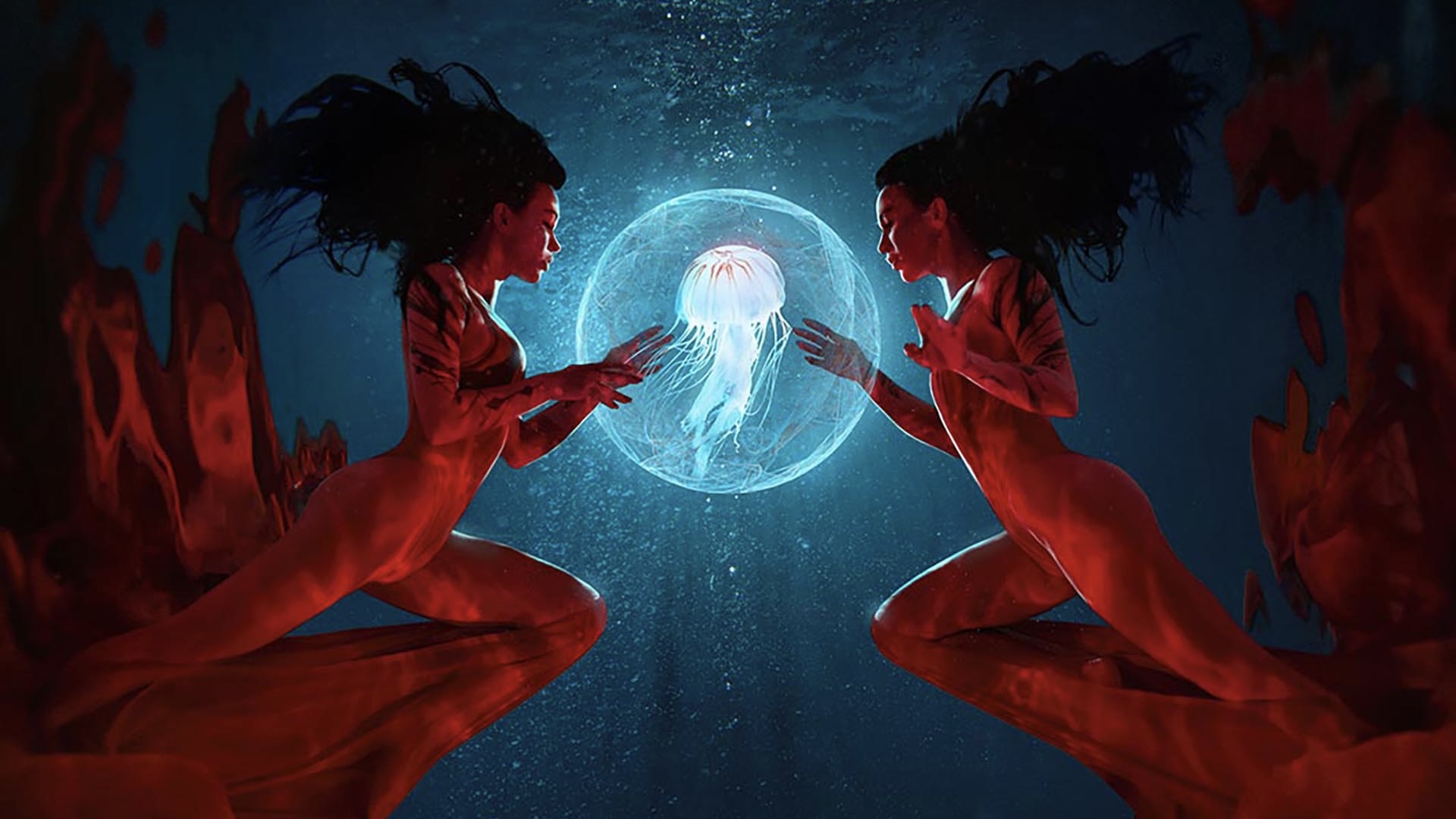
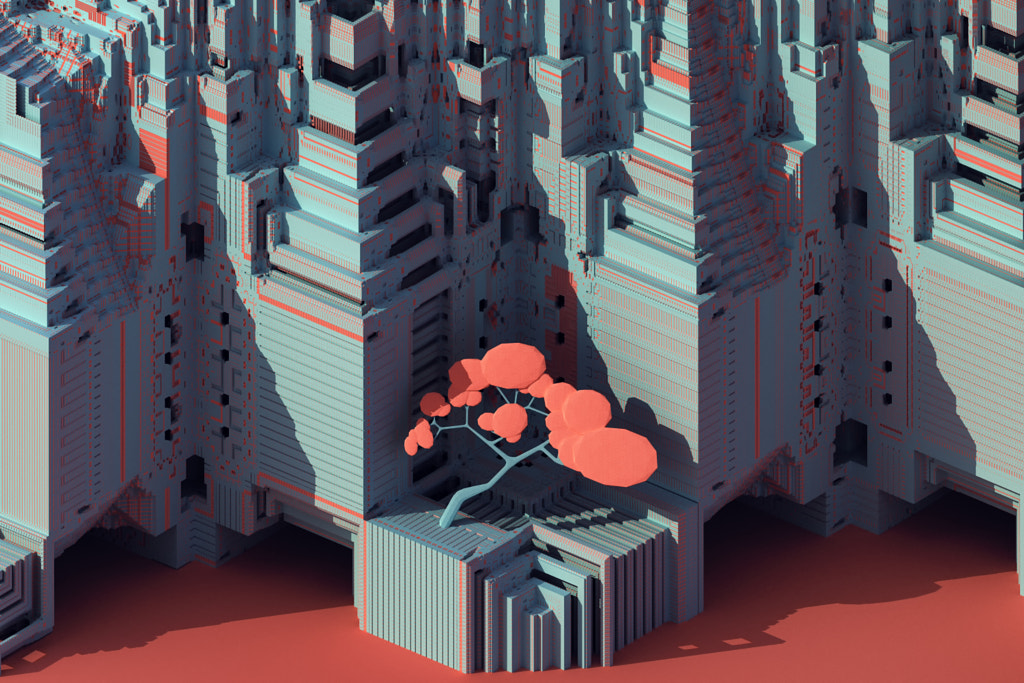
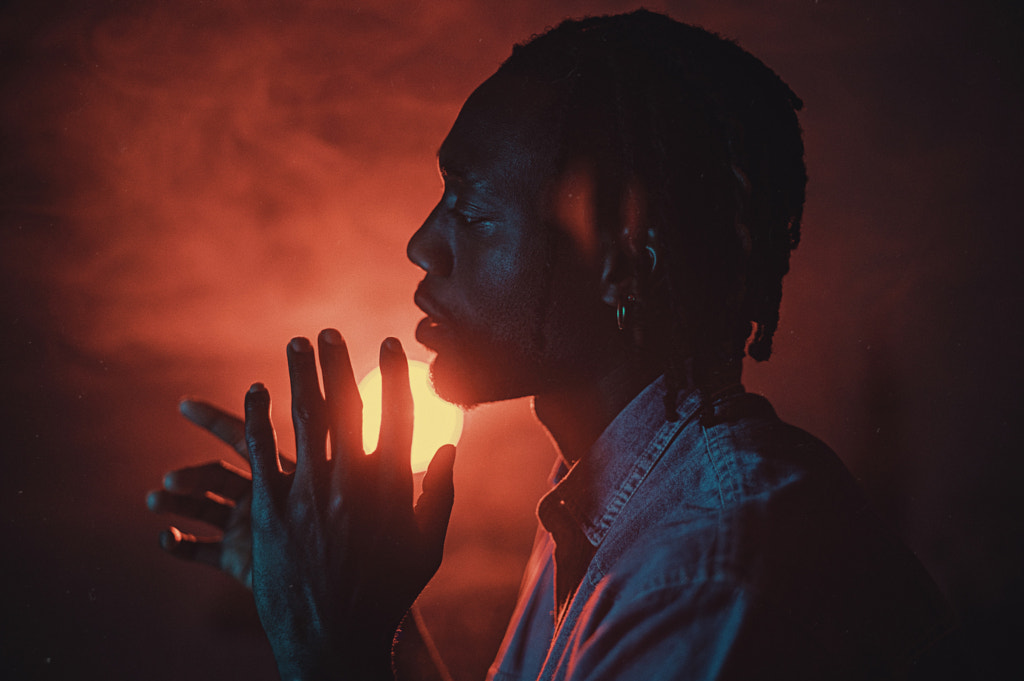
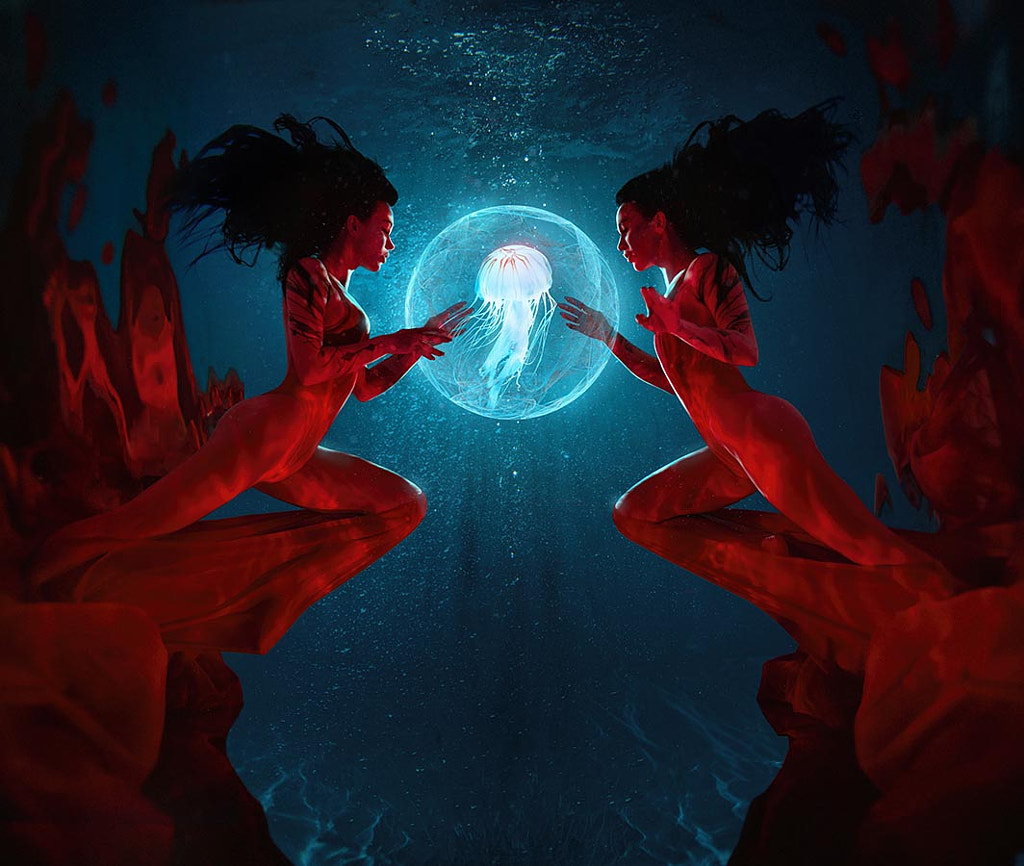
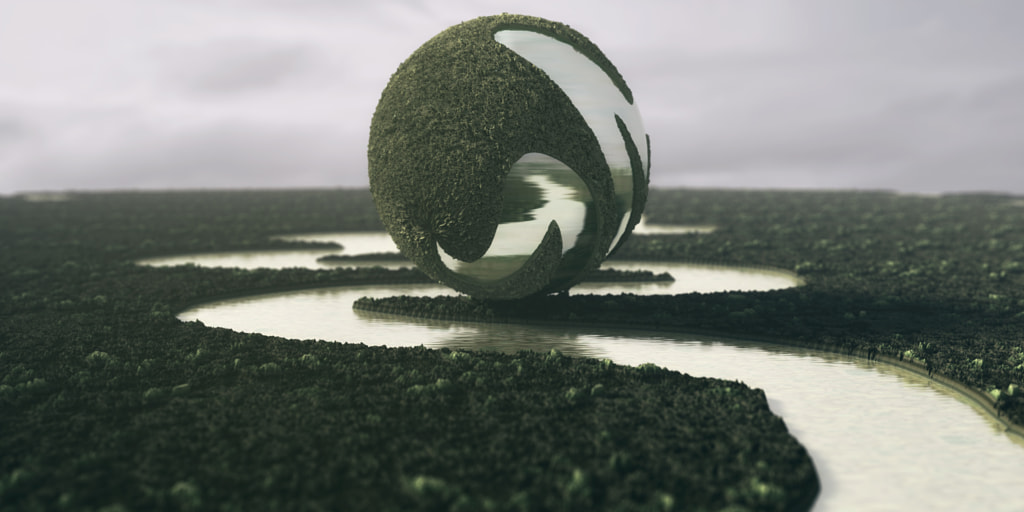
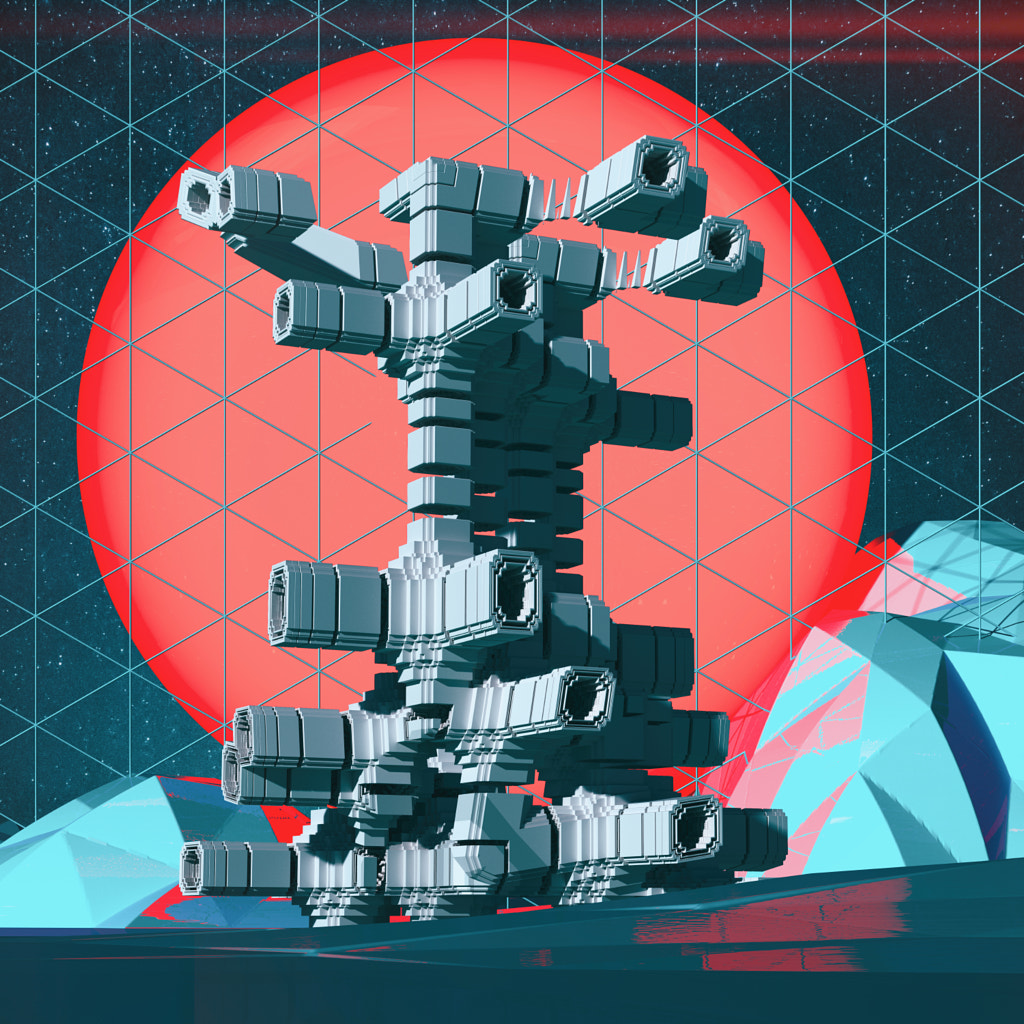

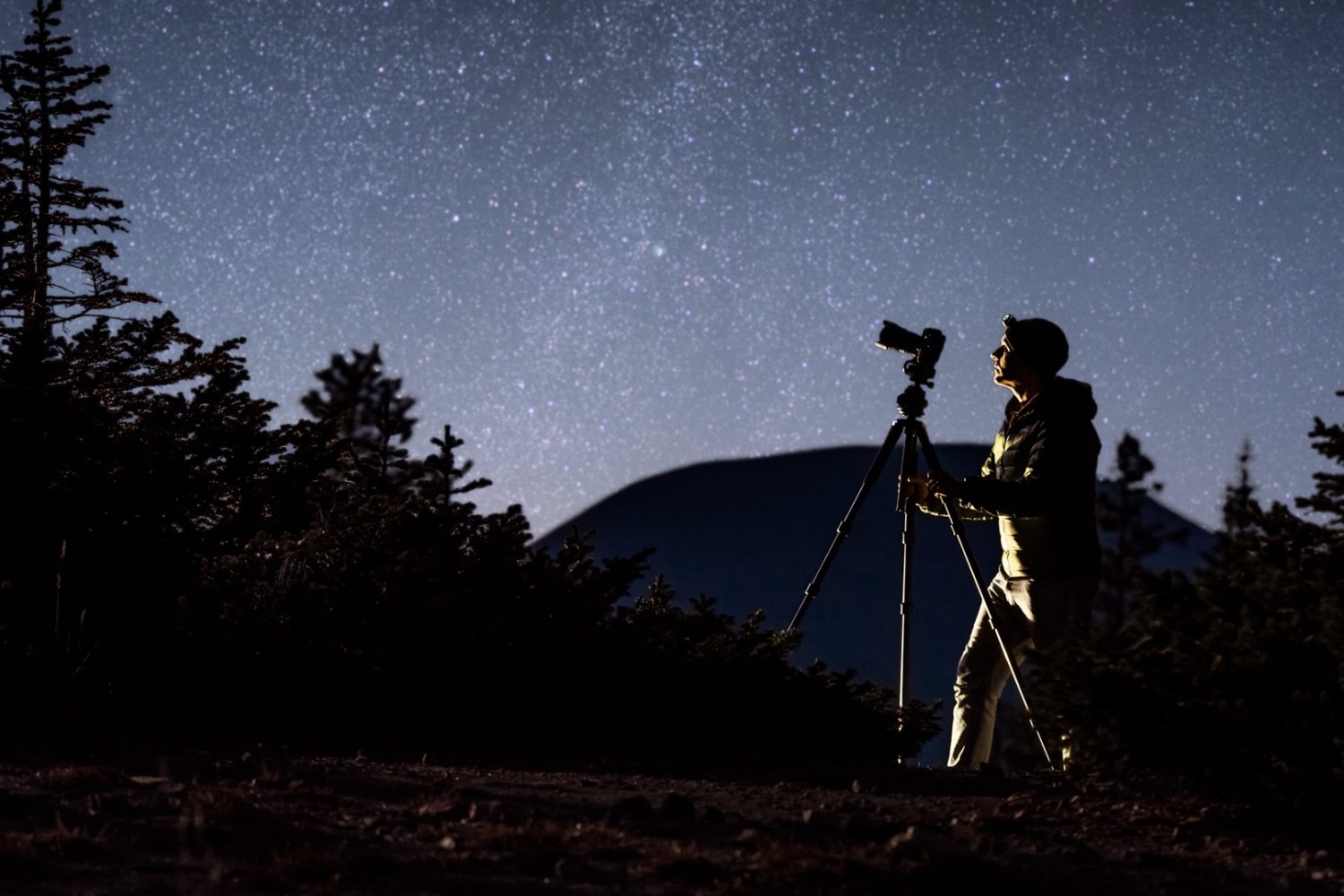

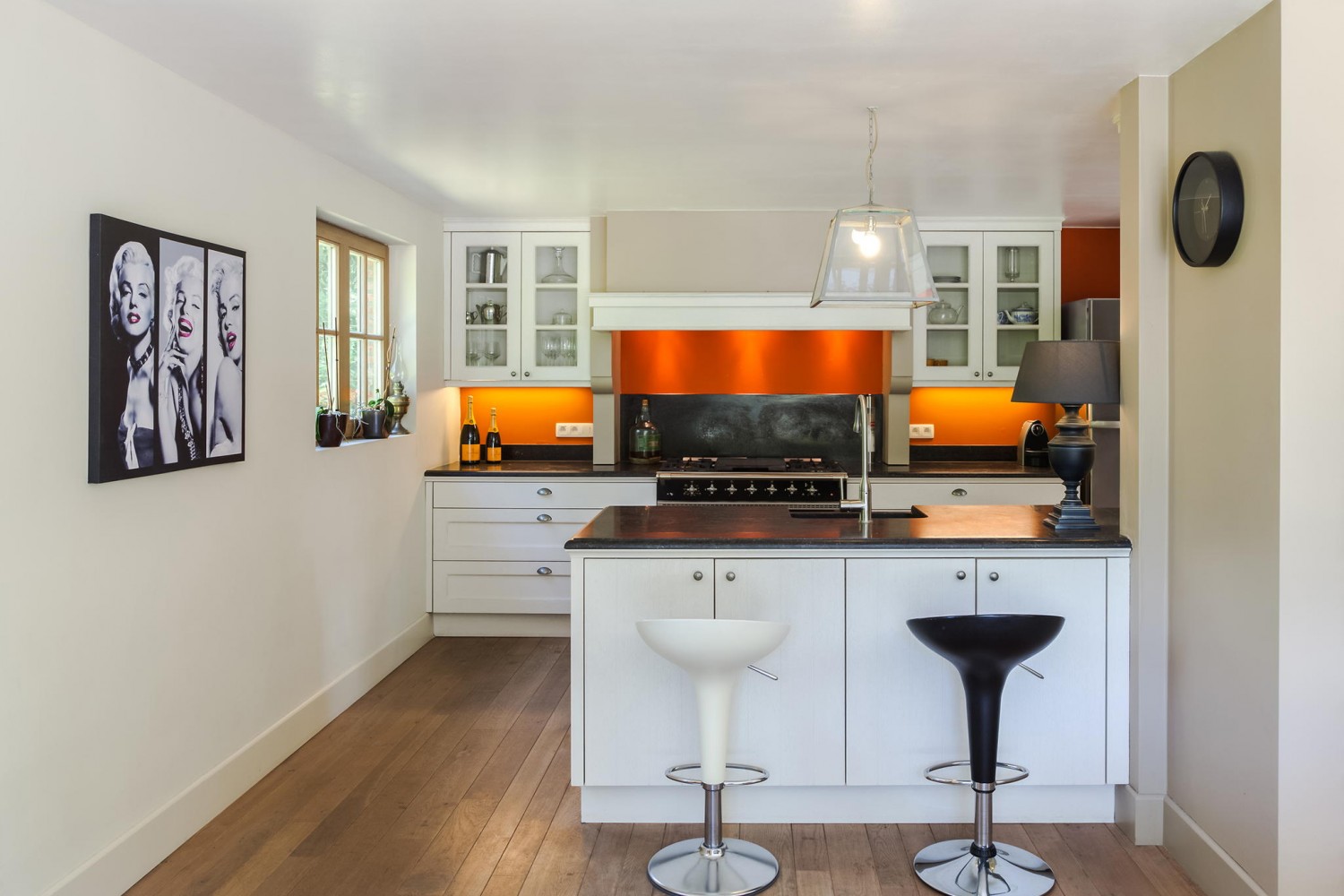
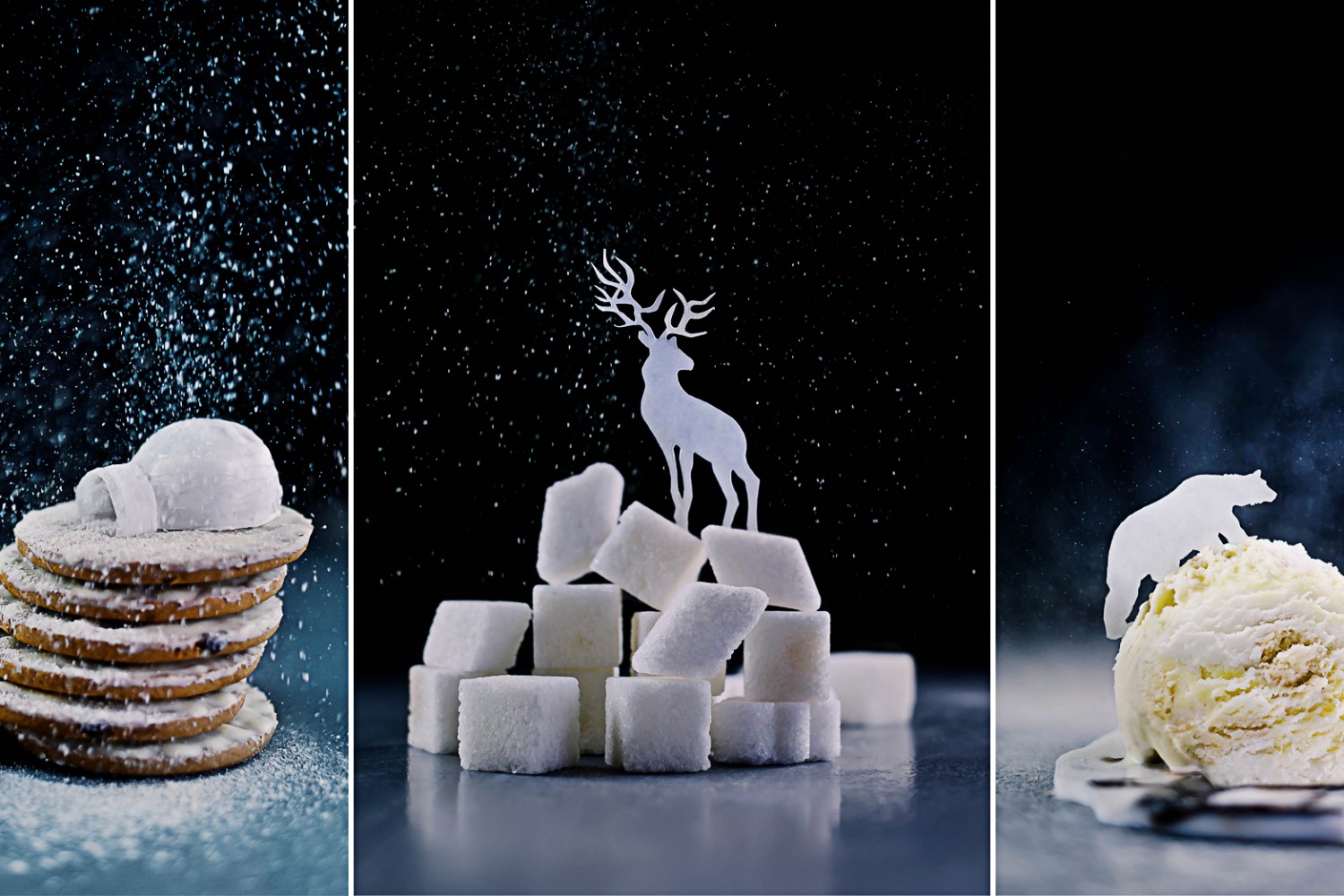
Leave a reply